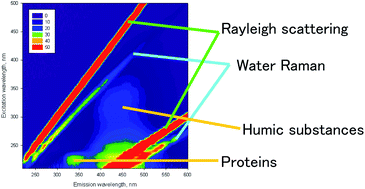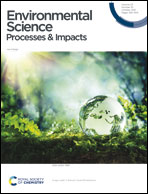Fluorophores in surface freshwaters: importance, likely structures, and possible impacts of climate change
Abstract
Fluorescence spectroscopy is one of the most useful techniques currently available for the characterisation of organic matter in natural water samples, because it combines easy availability of instrumentation, high sensitivity and limited requirements for sample treatment. The main fluorophores that can be found in natural waters are usually proteins (and/or free amino acids) and humic substances (humic and fulvic acids). The identification of these fluorescent compounds in water samples helps to obtain information about, among others, biological activity in the water body, possible transport of organic matter from soil, and the phenomenon of photobleaching that decreases both the absorbance and (usually) the fluorescence of natural organic matter. Interestingly, all these phenomena can be affected by climate change, which could alter to different extents the ratio between aquagenic and pedogenic fluorophores. Several events induced by warming in natural waters (and especially lake water) could enhance algal growth, thereby also enhancing the production of aquagenic organic matter. Intense precipitation events could increase the export of pedogenic material to surface waters, while photobleaching would be enhanced in the epilimnion of lakes when summer stratification becomes longer and more stable because of higher temperatures. Interestingly, photobleaching affects humic substances to a higher extent compared to protein-like material, thus protein fluorescence signals could be more preserved in stratified waters.



 Please wait while we load your content...
Please wait while we load your content...